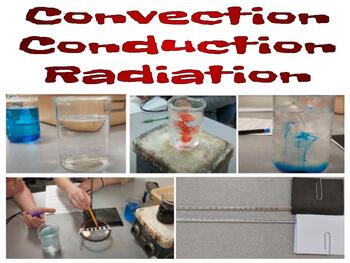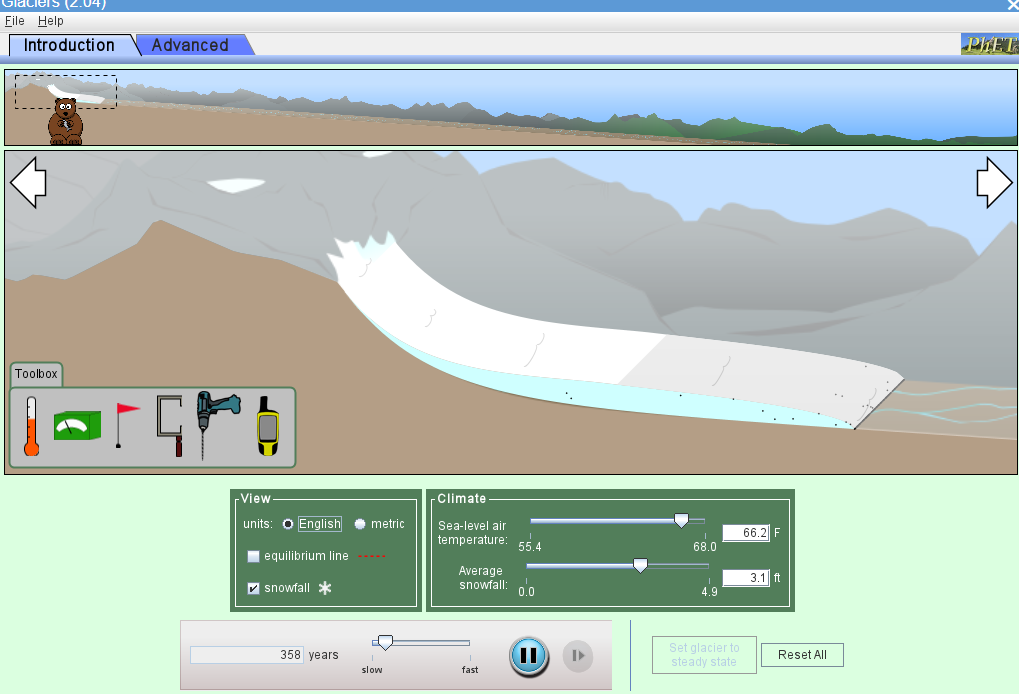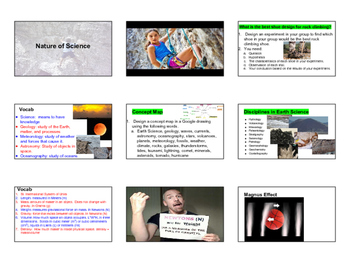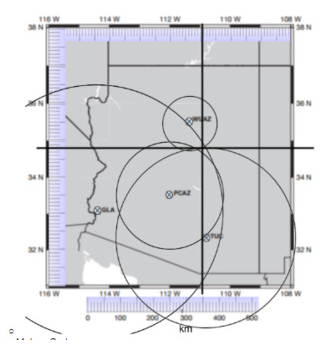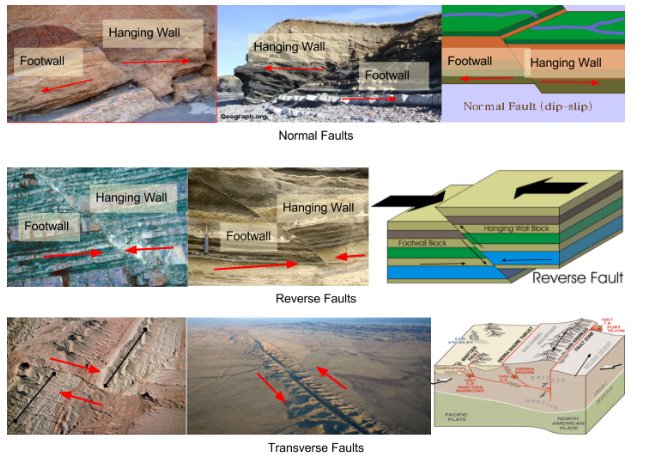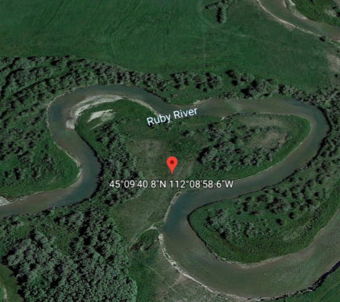Rare and Strange Looking Mammal Online Scavenger Hunt
Image
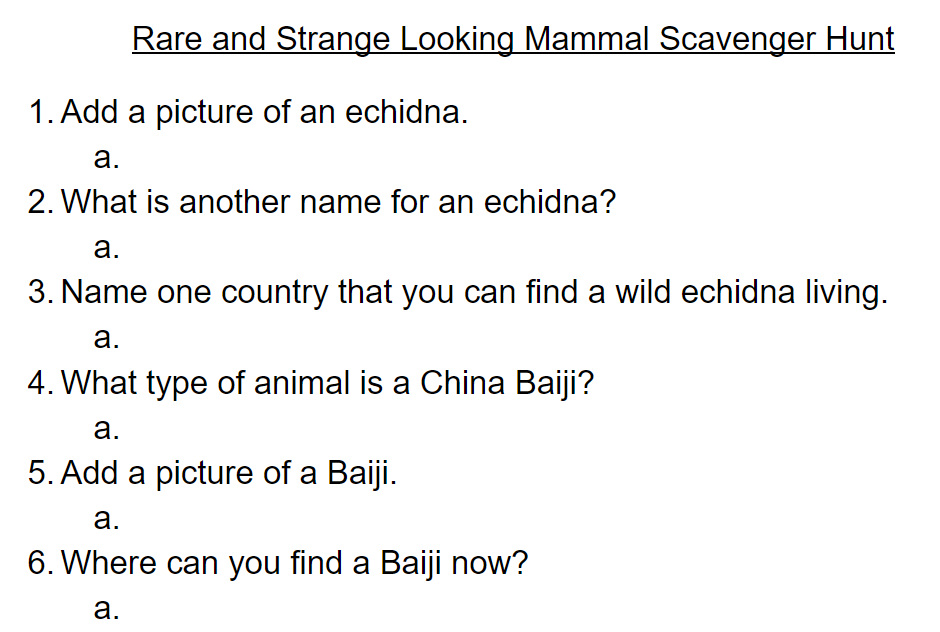
Students will have fun researching 5 unique mammals that are funny-looking and just plain strange. Students will discover some interesting facts about each one, learn how to copy and paste a picture into a Google doc document, and some of the mammals' locations.
The mammals are the Javan Rhino, the Cuban Solenodon, the Pygmy Possum, the China Baiji, and the Echidna.



